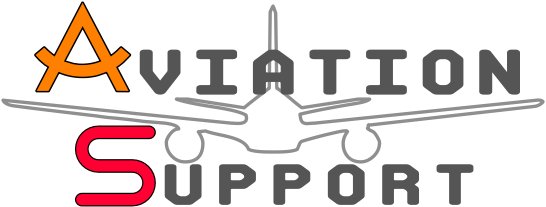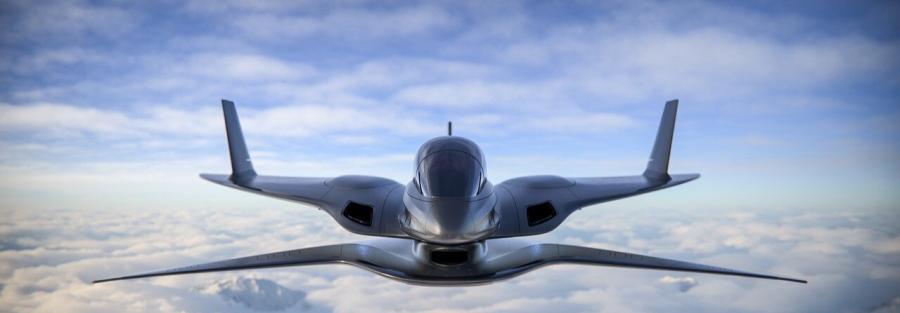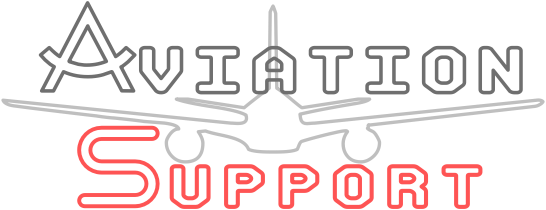“Navigating the Skies: Bridging the Gap Between Aviation Innovation and Regulation.”
Aviation Future
The aviation world is rapidly changing, and its advancing faster than the regulatory authorities in the world can keep up with it.
As the aviation industry continues to evolve at a rapid pace, the regulatory authorities around the world are struggling to keep up with the constant changes. With technological advancements and new developments in aircraft design, the aviation world is moving forward faster than ever before.
In the midst of this rapid progress, it is becoming increasingly challenging for regulatory authorities to maintain safety and enforce regulations. The introduction of new aircraft models and technologies brings about a whole new set of rules and guidelines that must be thoroughly reviewed and implemented. However, despite these challenges, it is crucial for the regulatory authorities to adapt and evolve alongside the aviation industry. It is their responsibility to ensure the safety of passengers and the smooth functioning of the aviation world.
As we continue to push the boundaries of what is possible in the skies, it is essential for the regulatory authorities to stay ahead of the game and keep up with the advancements in the aviation world. Only then can we truly soar to new heights and experience the wonders of modern aviation.
The aviation industry has always been at the forefront of technological advancements, constantly pushing the boundaries of what is possible. From the invention of the airplane to the development of supersonic jets, aviation has come a long way in a relatively short period of time. However, with these advancements comes the need for regulatory authorities to keep up with the pace of change.
In recent years, the aviation world has seen a rapid acceleration in technological advancements. From the introduction of unmanned aerial vehicles (UAVs) to the development of electric aircraft, the industry is evolving at an unprecedented rate. These advancements have the potential to revolutionize the way we travel and transport goods, but they also present new challenges for regulatory authorities.
One of the main challenges faced by regulatory authorities is the need to develop and implement regulations that keep pace with technological advancements. As new technologies emerge, regulators must ensure that they are able to effectively address any safety concerns that may arise. This requires a deep understanding of the technology and its potential risks, as well as the ability to adapt regulations quickly.
Another challenge is the global nature of the aviation industry. With airlines operating across borders and aircraft manufacturers based in different countries, regulatory authorities must work together to develop and enforce consistent regulations. This can be a complex and time-consuming process, as different countries may have different priorities and approaches to regulation.
Furthermore, the rapid pace of change in the aviation industry means that regulatory authorities must constantly update and revise their regulations. This requires a significant amount of resources and expertise, as well as the ability to anticipate future developments. Failure to do so can result in outdated regulations that do not adequately address new technologies or safety concerns.
Despite these challenges, regulatory authorities are making efforts to keep up with the rapidly changing aviation world. For example, the Federal Aviation Administration (FAA) in the United States has established a number of initiatives to promote the safe integration of new technologies, such as UAVs, into the national airspace. These initiatives include the development of new regulations and the establishment of test sites to evaluate the safety and reliability of new technologies.
Similarly, the International Civil Aviation Organization (ICAO) is working to develop global standards and regulations for emerging technologies in aviation. Through its various committees and working groups, the ICAO is bringing together experts from around the world to develop consensus-based regulations that can be adopted by its member states.
In conclusion, the aviation world is rapidly changing, and its advancements are outpacing the ability of regulatory authorities to keep up. However, efforts are being made to address this challenge and ensure that regulations are able to effectively address the safety concerns associated with new technologies. By working together and sharing knowledge and expertise, regulatory authorities can help to shape the future of aviation and ensure that it remains safe and sustainable for years to come.






